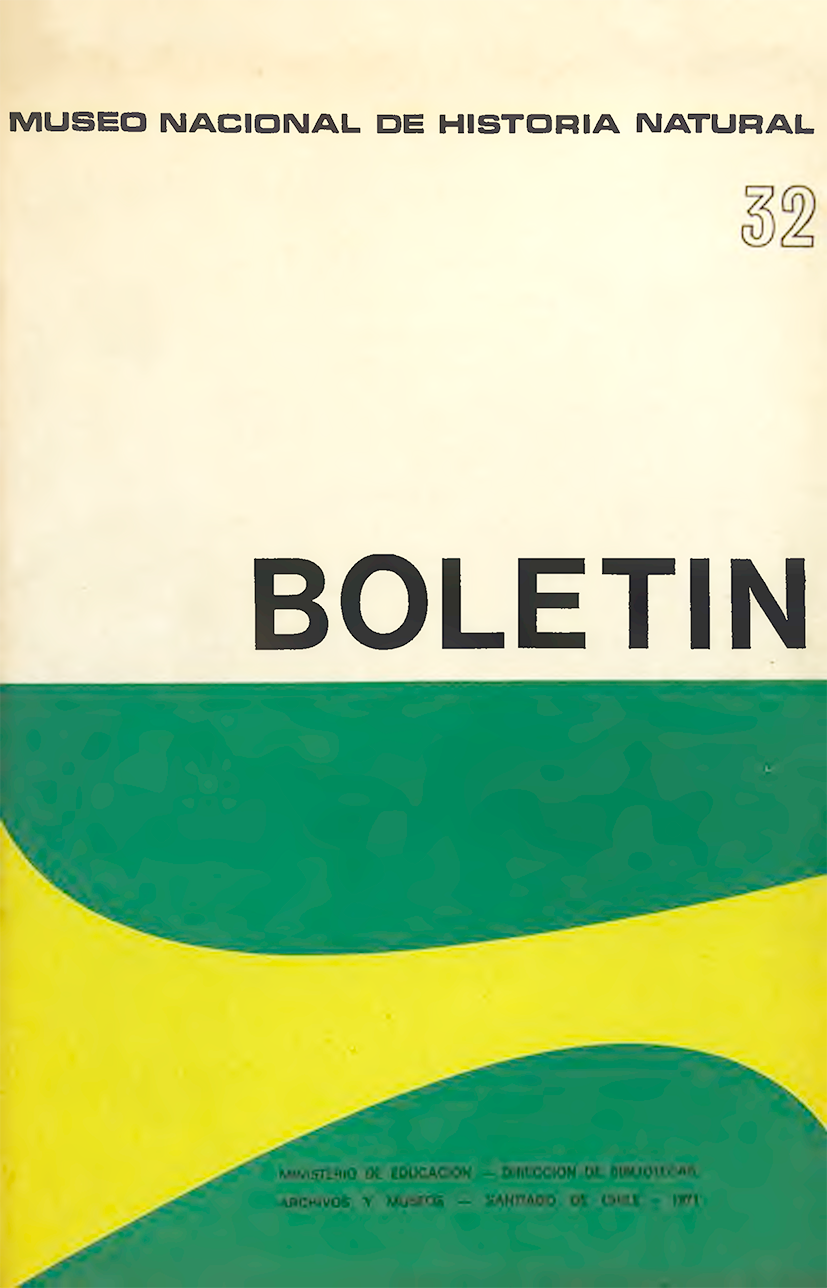Una nueva especie de Prosopis para el Norte de Chile
DOI:
https://doi.org/10.54830/bmnhn.v32.1971.565Resumen
Durante los últimos anos algunas entidades gubernamentales y universitarias han llamado la atención sobre las expectativas en el cultivo del tamarugo, Frosopis tamarugo Phil . , especie que tendría gran porvenir desde el punto de vista forestal y principalmente ganadero para la provincia de Tarapacá (Araya 1964, Astudillo 1967,Sudzuki 1969, W e n t 1952) Este interés nos llevó a visitar nuevamente el norte de nuestro país, para hoy ofrecer en forma parcial algunos de nuestros estudios y observaciones
Descargas
Descargas
Publicado
Cómo citar
Número
Sección
Licencia

Esta obra está bajo una licencia internacional Creative Commons Atribución-NoComercial-SinDerivadas 4.0.




